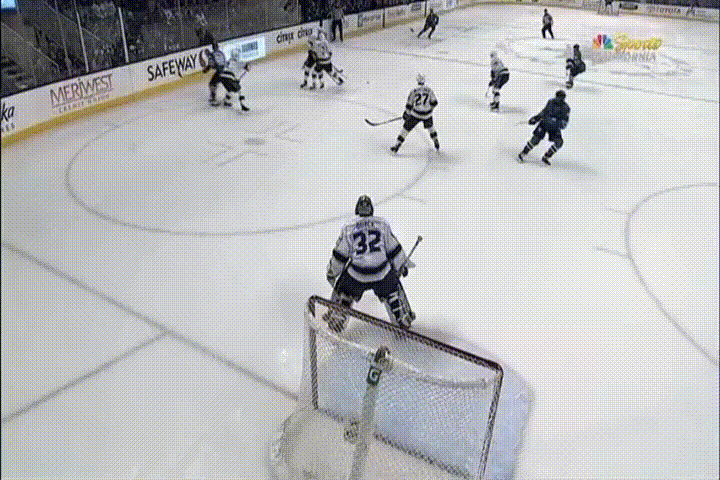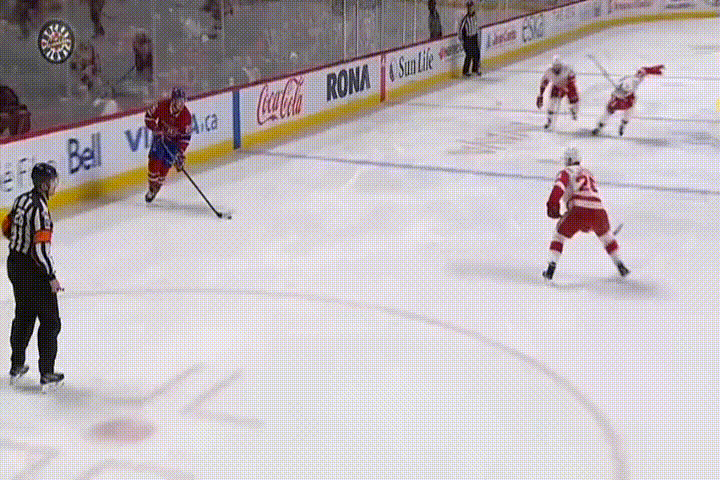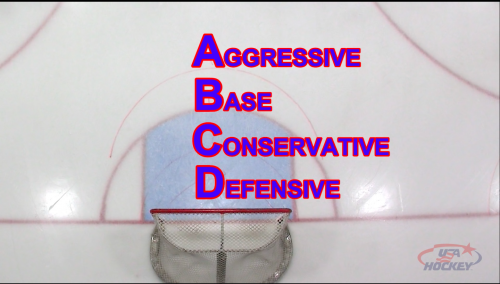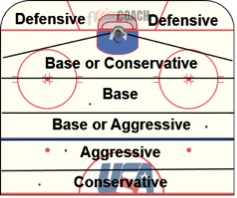
Kachinas goalies, goalie parents and coaches,
This is the goalie director Hiroki Wakabayashi.
This is the goalie director Hiroki Wakabayashi.

- Get your Eyes Checked
I had a goalie who is in “the slump” recently. He’s been working so hard with me but just couldn’t get out of his bad streak. He was struggling especially with his glove.
After a month of struggle, his father finally took him for a vision examination and found out his astigmatism got much worse from last year. Now he has new contact lenses and got back on track.
Vision is obviously the most important part of goaltending and sometimes you miss the shot just because you can’t see well. Please make sure to go to the eye check regularly. When you see your goalie struggling tracking the puck, It might be the answer. - A newly developed device to protect athlete’s brain damage like concussion
Brain damage like concussion has been a worrisome topic in hockey goalies’ world. As the goalie position is passive in nature, sometimes it’s very difficult to protect the head and make a save at the same time.
Then I just found this product last month and had a meeting with the rep of the company. It’s very innovative and it sounds effective.
https://qcollar.com/
Instead of trying to protect the brain from outside of the skull, this gear protects from inside of the skull by increasing the blood flow.
I recommend you to check it out and even try on.

How Deep is Too Deep?
“Goalie was sitting way too deep in the crease and got scored on!”
is another most commonly heard phrase from coaches and parents.
Yes, you’d expose more net if you sit deep in the crease.
However, coming way out of the crease would make you very vulnerable to the lateral movement of the puck which is almost 75-80% of the goals scored on.


Therefore, a goalie must learn how to control the proper depth of the position depending on the situation and the location of the puck.
- Aggressive Depth is about a foot or little more out of the crease where you start facing the rush or breakaway.
- Base Depth is around the crease where you face most of the situations inside of the defensive zone.
- Conservative Depth is a foot or little more inside of the crease where you face the steep angle shots or when you have to face multiple options from inside of the slot like tip, backdoor pass, rebound, etc.
- Defensive Depth is basically the goal line or post position where you prepare for the next possible plays from the corner or behind the net.


Here’s a great article on the depth control by USA Hockey with a video for you,
So,,, Do I see more goals scored because the goalie is “too deep” in youth hockey?
Probably YES but why?
It’s mainly because the skating ability of the goalie is not good enough to gain proper depth before the shot is taken.
Also because of the lack of reading ability to foresee how the plays are developed before the shot.
Does size matter to the depth control like “I’m small so I have to challenge out more” ?
Yes a little bit but not much.
You still have to control yourself most likely around the crease regardless of your size in order to make yourself available for the lateral plays.
If you want to challenge out more, make sure you know how to move side to side super quick and retreat back when you need to.
Wait, isn’t it a defensemen’s job to take care of the backdoor plays like pass across or rebound?
Yes as the team strategy but a goalie is still responsible to be able to play against all the options.
Blaming poor defensive plays is exactly like blaming poor goaltending, which is never productive.
That’s it for now.
See you at the rink!
